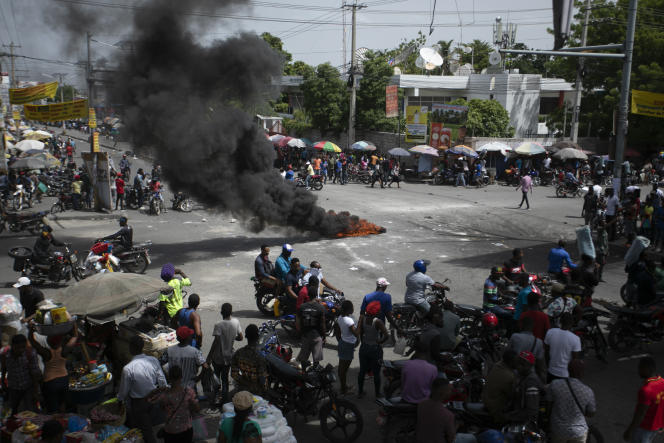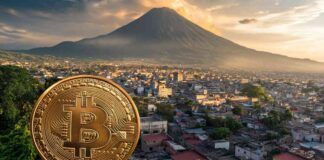Soaring prices, fuel shortages and gang warfare are getting worse and worse in Port-au-Prince, threatening humanitarian aid, which is crucial for the inhabitants. “At least 89 people have been murdered and 16 others are missing” in one week in gang clashes in Haiti’s capital Port-au-Prince, the National Human Rights Defense Network said in a statement. The partial assessment of this violence also reports “74 wounded by gunshot or stabbing”, he adds.
Since Thursday, bursts of automatic weapons have been crackling all day long in Cité Soleil, the most disadvantaged and densely populated municipality in the metropolitan area: two factions of gangs clash there without the police, in lack of men and equipment, intervene.
Along the corridors of slums that have formed in the capital for forty years, thousands of families have no choice but to hide in their homes, without being able to get water and food. Some residents are victims of stray bullets even inside their modest housing, made of simple sheet metal, but ambulances are not allowed to circulate freely in the area to help the injured.
“We call on all belligerents to allow the passage of aid to Brooklyn [name of the district of Cité Soleil where the violence is concentrated] and to spare civilians,” urged Mumuza Muhindo, head of mission of Doctors Without Borders, on Wednesday.
Hampered in its operations to evacuate victims, the humanitarian organization has nevertheless operated on around fifteen injured people per day on average since Friday, in its hospital located near Cité Soleil. “Along the only road to Brooklyn, we encountered rotting or burnt corpses,” Mumuza Muhindo added. These may be people killed in the clashes or trying to flee and who have been shot. It’s a real battlefield. »
Gang warfare, kidnappings
These deadly clashes between gangs affect all activities across the capital, because it is in Cité Soleil that the oil terminal that supplies Port-au-Prince and all of northern Haiti is located. Across the capital, service stations no longer distribute a drop of fuel, drastically driving up prices on the black market. Angry at this situation, motorcycle taxi drivers erected a number of barricades on Wednesday across the main roads of Port-au-Prince.
Faced with this spontaneous movement, only short trips by motorcycle in the neighborhoods were possible. Subject to such hazards, the inhabitants of the capital struggle to organize their daily activities, already hampered by the risk of kidnapping.
For more than two years, gangs have multiplied villainous kidnappings in the city, kidnapping people of all socio-economic origins and all nationalities.
Enjoying widespread impunity, the criminal gangs have amplified their actions over the weeks: at least 155 kidnappings were committed in June, against 118 in May, reported in its latest report, published on Wednesday, the Center for Analysis and Research in Human Rights, a Haitian organization with consultative status with the Economic and Social Council of the United Nations.
The temptation to emigrate
Many Haitians who can flee to the Dominican Republic or the United States. Many, having neither economic means nor visa, risk their lives by boarding makeshift boats, hoping to reach Florida. Many end up on the Cuban or Bahamian coasts, or are stopped at sea by the American Coast Guard.
More than 1,200 irregular migrants were returned to Haiti in June alone, according to statistics from the National Migration Office. On their return, they find their difficulties to survive, gleaning small informal jobs, in a country where annual inflation has been more than 20% for three years already. Faced with the consequences of the war in Ukraine on the world economy, this rate could exceed 30% by the end of the year, warn economists.
To bypass the outlying areas of Port-au-Prince, in the hands of gangs, the UN agency uses airways and sea routes to send aid to the south and north of the country. Nearly half of the 11 million Haitians are already food insecure. Among them, 1.3 million are facing a humanitarian emergency before the stage of famine, according to the classification of the World Food Programme.














